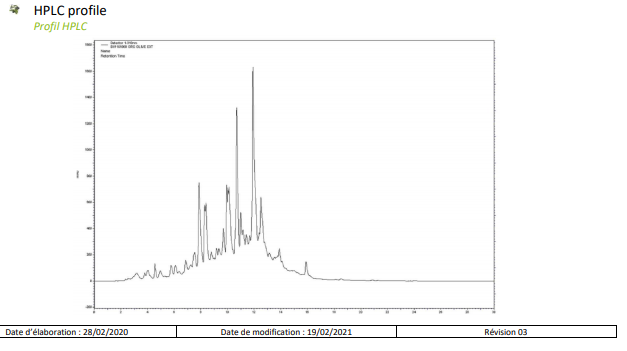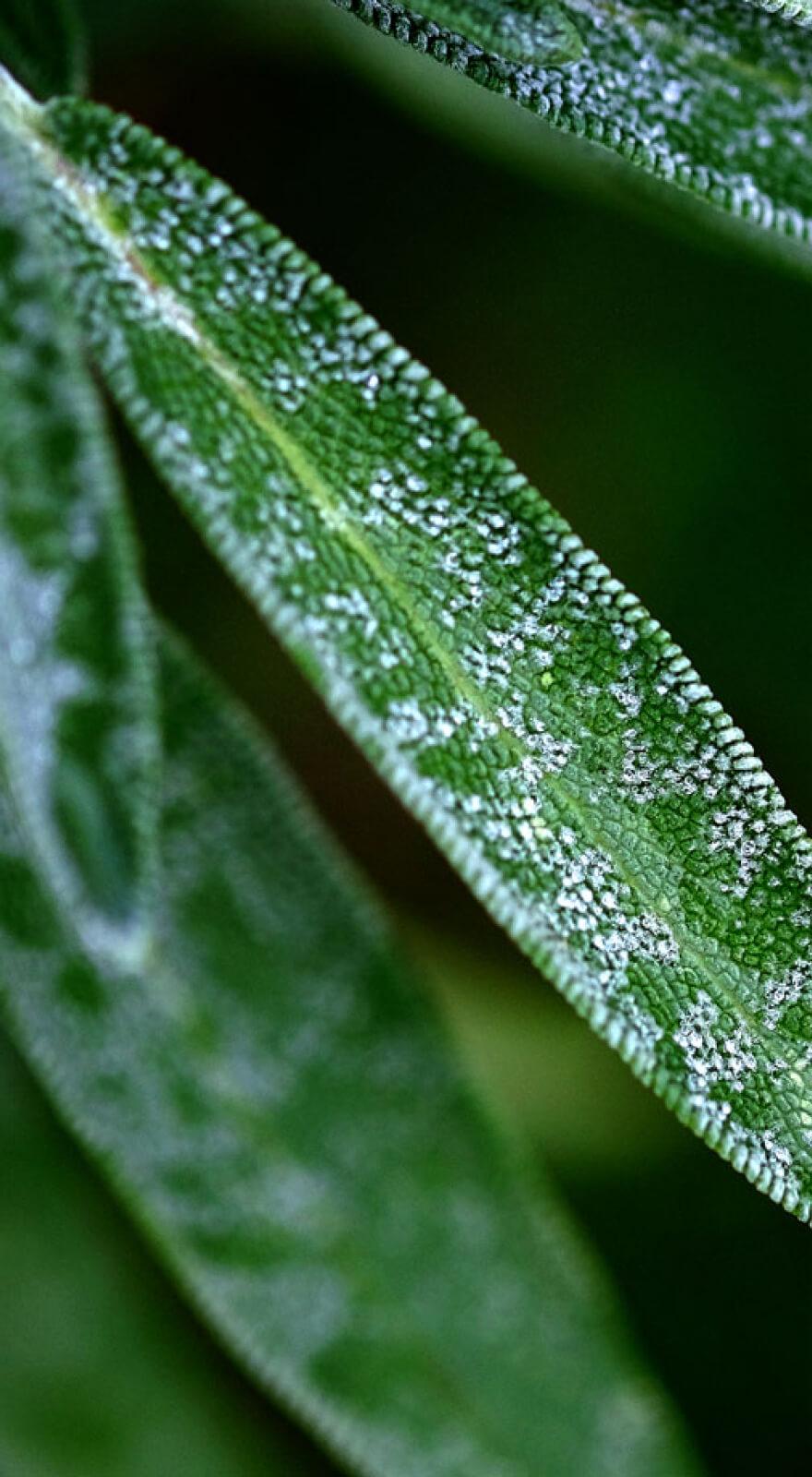Knowde Enhanced TDS
Identification & Functionality
- INCI Name
- Ingredient Origin
- Cosmetic Ingredients Functions
- CAS No.
- 84012-27-1
- Technologies
- Product Families
- Active Molecules in Plant
Flavonoid derivatives – Simple phenols – Tannins – Triterpenes - Phytosterols
Oleuropein

Hydroxytyrosol
Tyrosol
- Botanical Origin
Botanical name Olea europaea Botanic family Oleaceae Region of origin France Use part of the plant Leaves - Composition
- Phenolic compounds: flavonoids (oleuropein, hesperin, rutin, apigenin), simple phenols (hydroxytyrosol, tyrosol), tannins, triterpenes: derivatives of oleanic and oleanolic acids, phytosterols: campesterol, stigmasterol
- Chemical Composition
Identification Proportions Aqueous extract 10 % Water 40 % Plant-origin glycerin Geographical origin Europe 50 % Vegetal origin Coconut, sunflower and rape seed RSPO Identity preserved Not concerned Segregated Mass balance Naturality index Certificate upon request
Features & Benefits
- Benefit Claims
- Labeling Claims
- Product Background
- OLIVE cultivation played an integral role in the development of the local civilizations in the Mediterranean region, the home of the grayish-white olive trees bearing small green or black fruits. Olive has become a symbol: a sign of strength and longevity for some, and emblematic of victory and peace for others. Precious olive oil represents prestige and wealth. Each part of the olive tree (bark, leaves, fruits) is used for its specific properties : astringent, invigorating, cleansing, diuretic, feverreducing and antirheumatic.
- Benefits
- ANTIOXIDANT
- SOOTHING
- ASTRINGENT
- Olive leaves boast antioxidant benefits, brought by flavonoids and simple phenols (hydroxytyrosol and tyrosol), which are ideal for anti-aging skincare and sun protection products. One of these flavonoids, oleuropein, reduces inflammation and delivers a skinsoothing effect. Its activity is reinforced by phytosterols, which also maintain the skin’s moisture levels thanks to their filmogenic properties. Astringency in olives comes from tannins, which fulfill a sebum-regulating function.
- Function
- Antioxidant, softening and stringent properties
Applications & Uses
- Application Format
- Skin Care Applications
- Sun Care Applications
- Use Level
- 1 - 5%
- Applications
- Anti-aging creams
- Skincare for sensitive skin, moisturizing and/or radianceenhancing products
- Sun care products
Properties
- Physical Form
- Appearance
- Limpid liquid, Light yellow to brown colored liquid
- Soluble in
- Water, Glycols, Aqueous phase
- Typical Properties
- Microbiological Values
| Value | Units | Test Method / Conditions | |
| Density (at 20°C) | 1.070 - 1.160 | — | — |
| Refractive Index (at 20°C) | 1.350 - 1.410 | — | — |
| pH Value | 4.0 - 6.0 | — | — |
| Value | Units | Test Method / Conditions | |
| Aerobic Mesophile Microorganisms | max. 100 | UFC/g | ISO 17516:2014(F) |
| Candida Albicans | Absence in 1g | — | ISO 17516:2014(F) |
| Escherichia coli | Absence in 1g | — | ISO 17516:2014(F) |
| Pseudomonas Aeruginosa | Absence in 1g | — | ISO 17516:2014(F) |
| Staphilococcus Aureus | Absence in 1g | — | ISO 17516:2014(F) |
Regulatory & Compliance
- Certifications & Compliance
Technical Details & Test Data
- Growing Method
Harvesting Manual Sustainable agriculture Yes Organic culture No Local farmers collaboration Yes Fertilizer Not available CITES/Nagoya Not concerned Pesticides No Co-product Yes - Botanical Extract Manufacturing Process
- Olive botanical extract comes from leaves. It is manufactured through plant extraction at 40°C, a 2-hour process using only green solvents, under agitation. The low temperature and short kinetics help maintain the integrity of the active molecules, while extracting the maximum amount of target compounds. The extraction solvent is a mixture of glycerin and water (50:50). The depleted olive leaves and impurities are then eliminated through filtration. Environmentally sound as it reduces energy consumption, this process preserves the quality of olive botanical extract while keeping its denaturation to a minimum. Moreover, it is easy to formulate and compatible with water-based cosmetics formulas. Available in conventional form, olive botanical extract is also offered in organic version.
- HPLC Profile

Packaging & Availability
- Packaging Type
- Capacity
- From 5 kg net
- Standard Packaging
- Opaque PEHD jerrycan
Storage & Handling
- Shelf Life
- 3 Years
- Storage
- Keep away from light, heat and humidity






